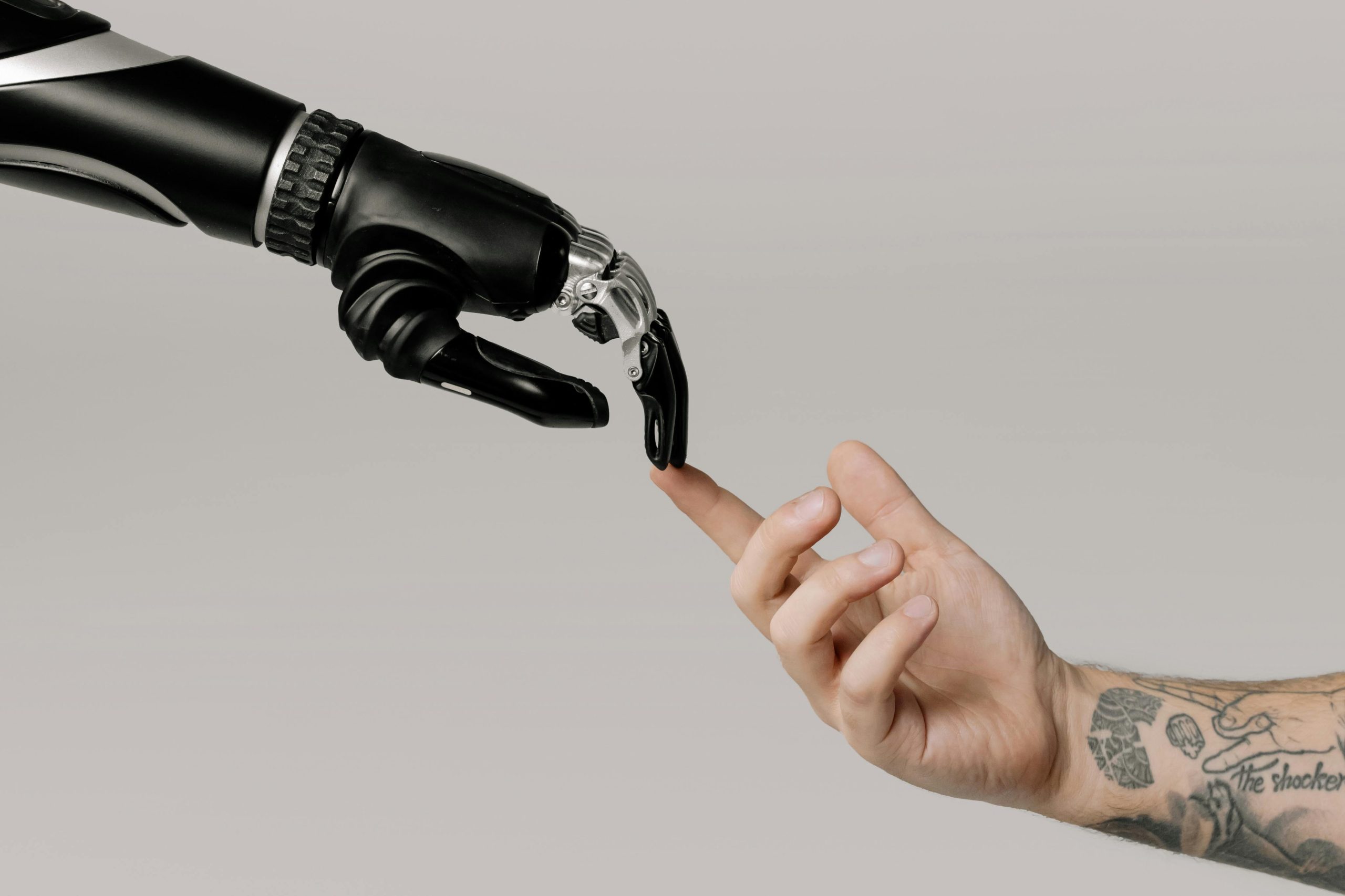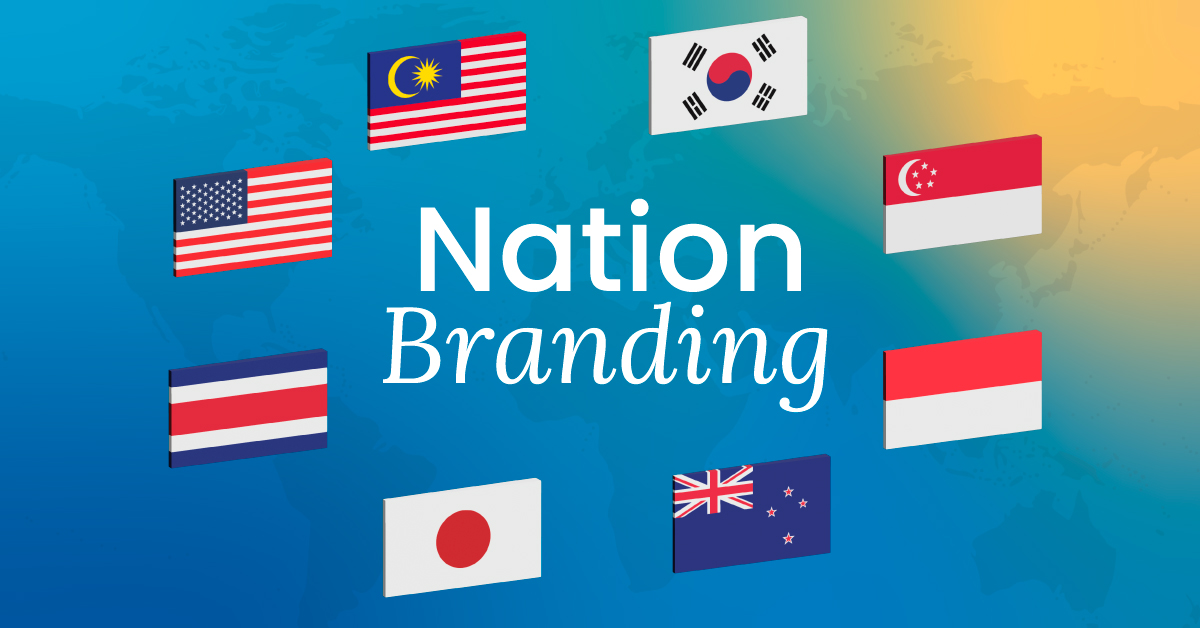AI has officially moved beyond buzzword territory.
From generating art and logos to writing ad copy and building full brand worlds, it’s becoming a real player in the design space. If you work in branding or marketing, you’ve probably heard people ask, “Is AI going to replace designers?” (Spoiler: no).
Here’s how brands are using AI to enhance, not replace, brand design—and why the best ideas still come from humans.
1. AI speeds up the creative process—but humans give it direction
AI can help generate ideas and visuals quickly. It’s great for testing different looks or creating moodboards in minutes. But it’s not magic—you still need a clear brief and a creative eye to make sure the output is on-brand.

🖌️Example: Heinz asked DALL·E to draw “ketchup.” What came back? Images that looked suspiciously like Heinz bottles—even when the brand name wasn’t used. Heinz turned it into a campaign that cheekily reinforced their dominance in the ketchup space. Smart idea, human-led. AI helped spark the idea—but Heinz told the story.
2. Keeping Brand Voice Consistent—Without Replacing Human Editors
AI writing assistants like ChatGP and Jasper AI can be trained on a brand’s tone of voice, vocabulary, and style guide. This helps teams across regions and functions stay consistent—whether they’re writing product blurbs, social captions, or customer replies.
But while AI can mimic tone, it can’t interpret subtlety, context, or emotional nuance. That’s where humans come in. Brand voice still needs thoughtful editing, cultural awareness, and strategic oversight.

📢 Example: Duolingo uses AI to keep its cheeky, irreverent tone across all its channels. It’s not just about fun social posts—their brand voice is now instantly recognisable, and AI helps keep that voice aligned.
3. Packaging That Feels More Personal
AI opens up new ways to make packaging more responsive and customised. Think different colourways based on location, personalised labels for niche launches, or seasonal shifts with minimal manual effort.
And with generative design, you can now explore hundreds of layout and pattern options quickly.

📦 Example: In February, Heinz used AI to explore culturally relevant ketchup label designs for international markets. Each label featured visuals and colours inspired by local cuisine—from spicy sambal motifs in Southeast Asia to smoky BBQ cues in Texas. The campaign helped Heinz show up in a way that felt personal to each region, with less design legwork.
So, Should You Be Worried?
Not at all. AI isn’t replacing strategy, story, or gut instinct—those are still human things. What AI does is help us design better, test faster, and deliver smarter. It can take care of the heavy lifting, so creative teams can focus on what matters: making the brand meaningful, memorable, and clear.
And in a world where attention spans are short and choices are endless, meaningful and memorable matter more than ever.
At Firebelly, we don’t see AI as a threat—it’s a tool. A powerful, flexible tool that’s helping us reimagine the way brands are built and expressed. We’ve started embracing AI as a design companion. We use it to experiment, to speed up iterations, and to test fresh directions. But we still lead with brand strategy, real human insight, and intentional creativity—because tools don’t build great brands. People do.
Curious how AI could enhance your brand? Or just want to bounce ideas? Let’s talk.



